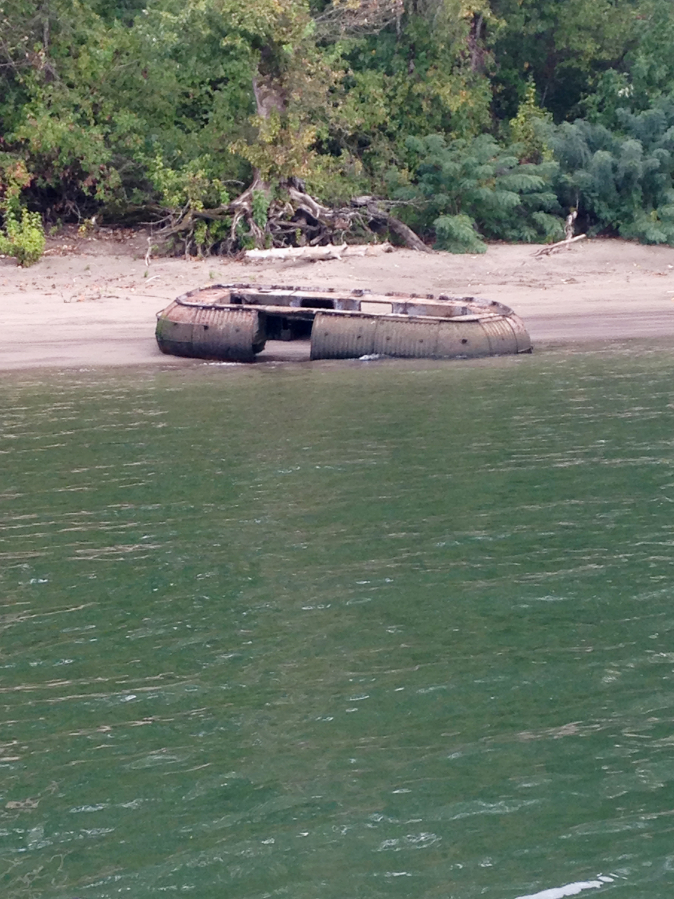Just about wherever you find people, you’re going to find garbage — and the Columbia River is no exception. But now, the Lower Columbia Estuary Partnership wants to map the trash littering the waterway and figure out how to clean it up.
Because so many Southwest Washington and Northwest Oregon residents spend time boating the river, the partnership is asking for their help to map small-to-medium-scale marine debris from Bonneville Dam to the mouth of the river.
“There’s a size range we’re trying to capture,” said Chris Hathaway, deputy director of the Partnership.
Rather than the plastic bags, empty bottles and cans littering the shore, which can be easily picked up by pedestrians, the group is concerned about the bigger items left in hard-to-reach places.
“Where we think we can make a difference is tires, big chunks of Styrofoam, small rowboats, big hunks of metal — all the kind of middle-range stuff too big for one person or even a couple people to pick up in their own boat but not so big it requires the U.S. Coast Guard or state agencies,” he said.
Things too big for this project include abandoned boats larger than 35 feet, which are considered derelict vessels and tracked by the Coast Guard.
Hathaway and his colleague have considered applying for a cleanup grant from the National Oceanic and Atmospheric Administration, but they are hesitant to do so without a strong grasp on how much debris is actually in the lower stretch of the Columbia.
During a quick assessment in October they saw a roughly 17-foot-long boat, countless tires, buoys and milk jugs floating around. After that, they decided to turn to the public for help. Once they have a clearer picture of how much trash is in the lower Columbia, then they’ll create a plan to clean it up.
So far, the Partnership has mapped more than 100 marine debris locations between Kalama and Portland.
“Ideally, we want to clean up the whole river,” he said. “How we go about that kind of depends on what the quantity of debris and the type of debris and where it’s located.”
Anyone who sees marine debris can report it on the Partnership’s website at http://www.estuarypartnership.org/marine-debris-submittal-form.
Be sure to detail the type and size of the debris, its location, GPS coordinates (if possible), take a photo and upload it to the website.
Already reported debris is also visible on the partnership’s online map: http://www.estuarypartnership.org/marine-debris-webmap.




